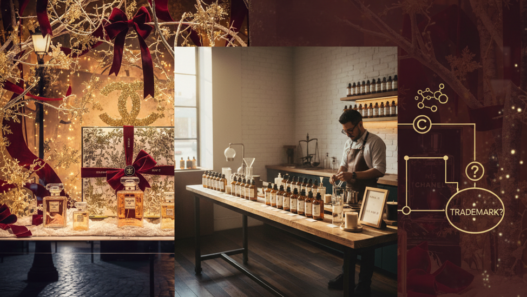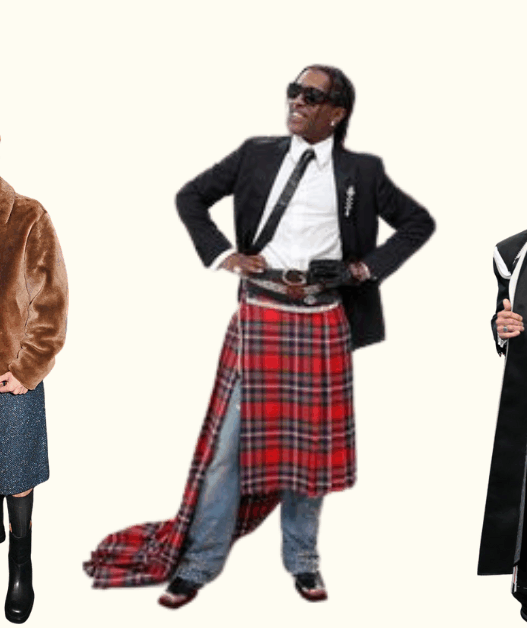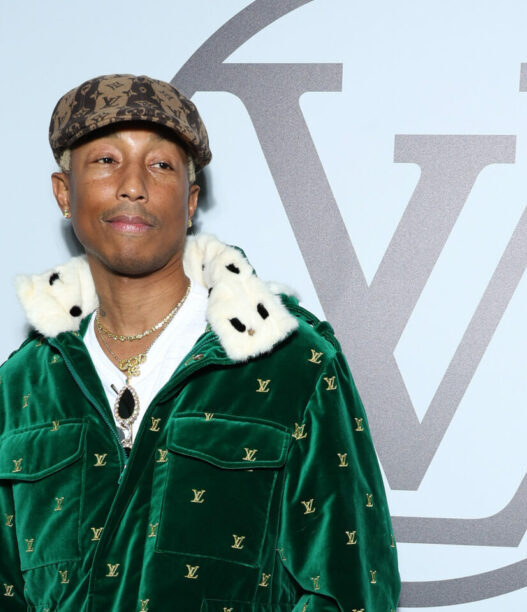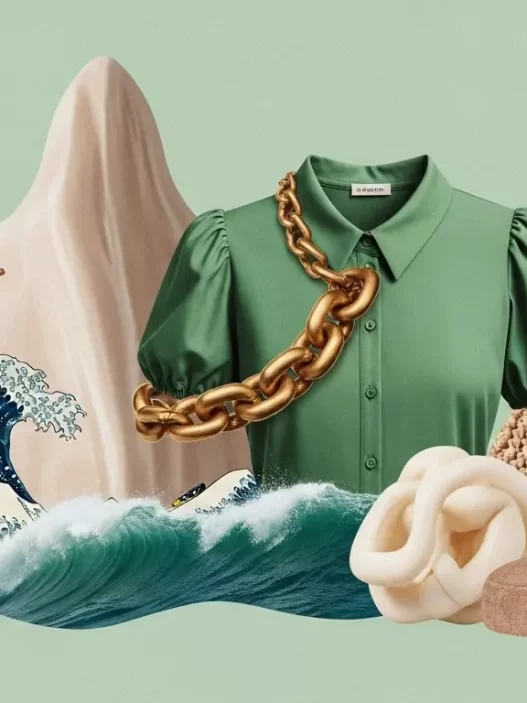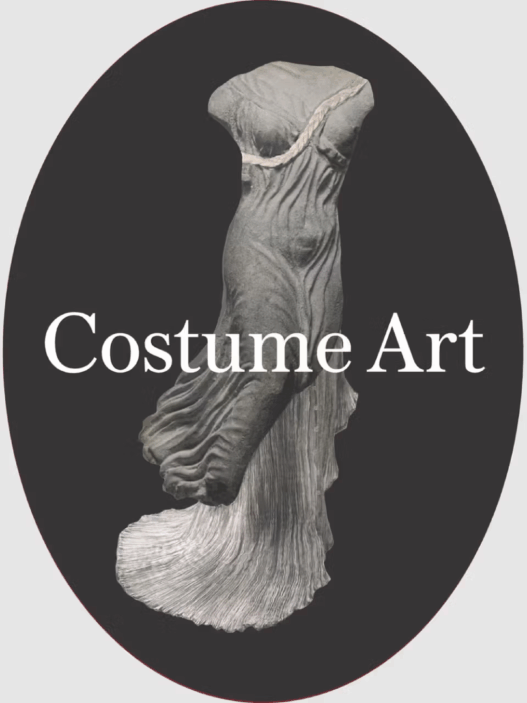For the past few years, our wardrobes resembled a muted art gallery, dominated by beiges, greys, and navy, epitomising the so-called “quiet luxury” trend that championed understated elegance over personality. But recent fashion weeks and cultural shifts suggest that fashion is finally moving towards more joy, self-expression, and vibrancy, leaving behind the bland uniformity of the quiet luxury era.
The End of the Uniform: Quiet Luxury’s Decline
Quiet luxury, characterised by minimalist, high-end staples like tailored coats, cashmere sweaters, and basic colour palettes, became the dominant aesthetic among the wealthy and aspirational alike. This trend, rooted in the idea that understated items signal success without flaunting logos, fostered a uniform of pale neutrals and refined, low-key pieces.
While elegant, this approach gradually stifled creativity and personal expression. As societal attitudes evolve (particularly among younger generations), the desire to blend in with exclusivity and discreet status symbols no longer resonates as strongly. The uniform of either understated “wearing what everyone else wears” or chasing ephemeral designer logos feels increasingly disconnected from a cultural landscape that values authenticity and individuality over conformity.
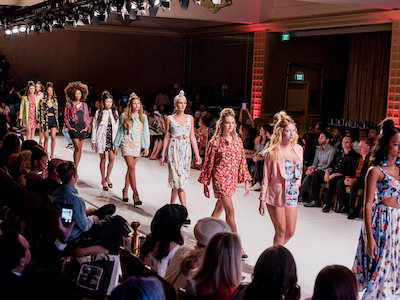
Fashion’s Renaissance: Why It’s Fun Again
Recent fashion weeks, especially in Milan and Paris, reveal a resurgence of boldness, colour, and playful silhouettes. Designers are embracing:
-
Vibrant hues: Neon pinks, electric blues, fiery oranges, and rich greens flood the runway, signalling a collective desire to break free from monotony.
-
Exuberant textures and shapes: Oversized blazers, voluminous dresses, asymmetrical cuts, and unexpected pairings challenge the old “less is more” mantra.
-
Styled storytelling: Outfits now serve as expressions of personality, mood, and cultural commentary, rather than mere status symbols.
This shift reflects a broader societal need for joy, connection, and individuality. After years of social restrictions, pandemic-induced silos, and economic uncertainty, people crave clothes that tell stories, evoke emotion, and celebrate personal identity. Fashion is becoming a canvas for experimentation, not just a uniform of affluence.
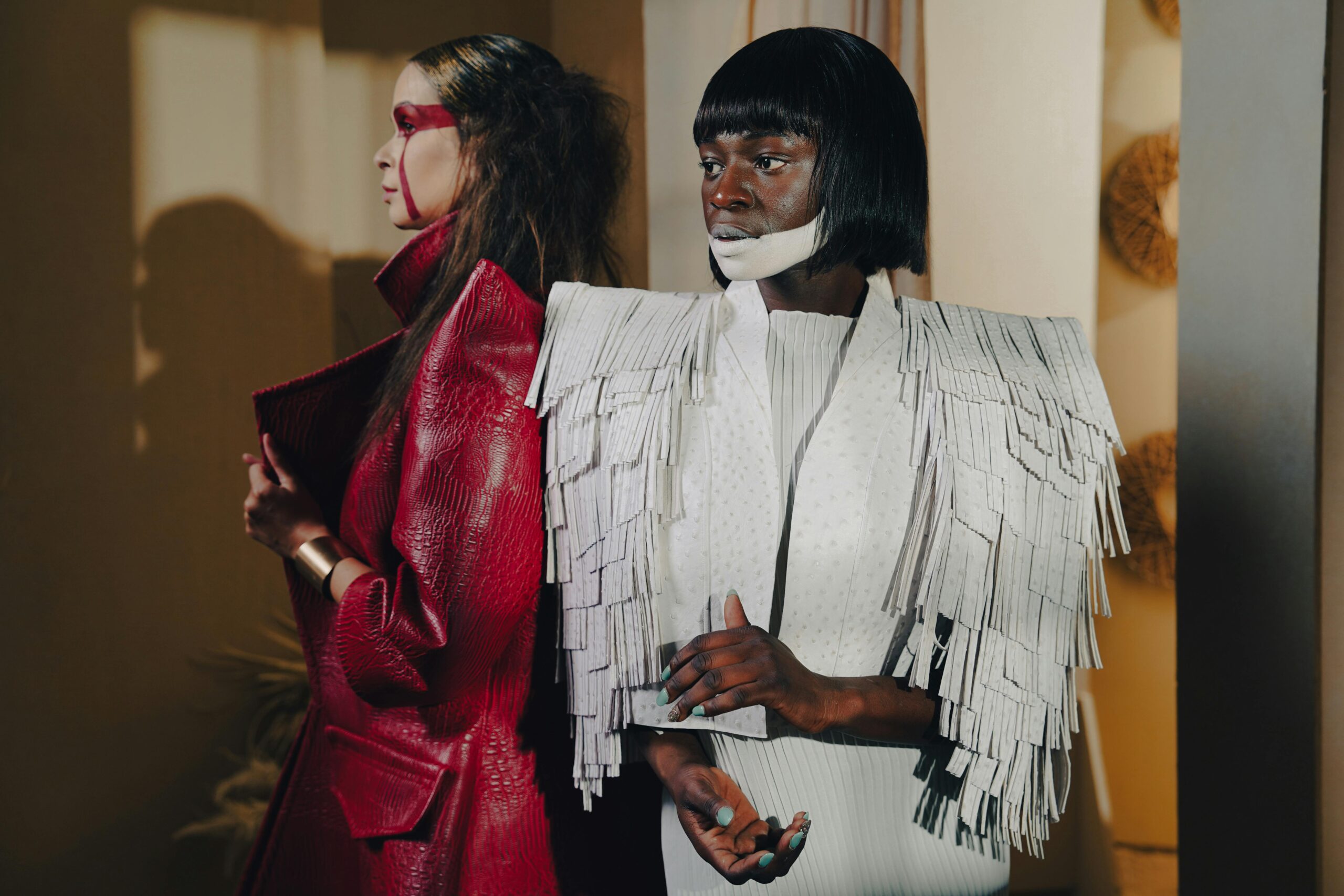
Why Society Is Embracing Fun & Self-Expression
Sociologically, this transformation signals a move away from traditional class markers and a rise in cultural democratisation. The earlier focus on “quiet wealth”, “discreet luxury”, was tied to a desire for social distancing, exclusivity, and the projection of a “wealthy but unstinting” identity. Now, in a world more connected and diverse, authenticity and individualism are valued as expressions of social capital.
The rejection of muted palettes and understated styles is also a rebellion against consumerist sameness. The rise of platforms like TikTok and Instagram has democratised fashion, allowing everyday creators to showcase bold, personal styles, breaking the previously strict hierarchy of luxury fashion.
The Fall of Quiet Luxury and Embracing Colourful Joy
The slowly waning dominance of quiet luxury and the muted colour palette is tied to societal shifts:
-
Generational change: Millennials and Gen Z prioritise sustainability, authenticity, and uniqueness. They see style as a form of self-empowerment and social activism, rather than just status.
-
Decreased social stratification: Fashion was once a strict language of class—distinctive, uniform, exclusive. Now, a more inclusive culture celebrates creative individualism across classes.
-
Mental health and well-being: Bright, playful clothing can boost mood and confidence—part of a cultural movement that values emotional well-being and self-care.
The Future of Fashion: Sustainable, Personal, and Playful
Looking ahead, fashion is likely to combine sustainability with bold self-expression. Consumers increasingly demand eco-friendly materials, ethical production, and made-to-order or personalised clothing options. Vintage shopping is thriving, emphasising uniqueness over mass production.
At the same time, “Dopamine Dressing“, the trend of wearing clothes that lifts your mood, is gaining momentum—reinforcing the idea that fashion is meant to be fun, liberating, and empowering.
Why Fashion Is Fun Again! And Why It Matters
Fashion’s return to colour, joy, and original expression isn’t just about aesthetics; it reflects a deeper societal shift. We’re moving away from the era of conformity, silence, and subdued success, into one that celebrates diversity, authenticity, and individual identity. Clothes now serve as tools for storytelling, rebellion, and joy—adding meaning to our everyday routines.
This cultural shift can be viewed as a sociological rebellion against passive consumption and social stratification. It’s a democratisation of style, where everyone has permission to express who they truly are—whether through bold colours, playful silhouettes, or unconventional combinations. Conversely, the decline of quiet luxury signals a resistance to the superficiality of branding, an embrace of genuine self-identity, and perhaps an acknowledgement that material wealth alone no longer defines social worth.
In Short: Fashion’s Future Looks Bright and Colourful
As trends continue to evolve, expect a blend of sustainability and self-expression to shape fashion’s landscape. The days of bland sameness are fading, replaced by a vibrant array of styles, textures, and personal stories. And if fashion is fun again, it’s because it’s finally serving all of us—not just the select few but everyone eager to wear their true colours.



